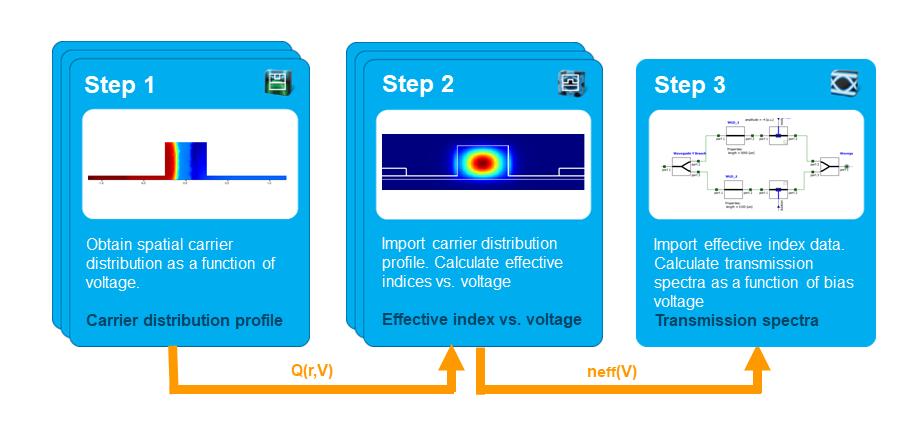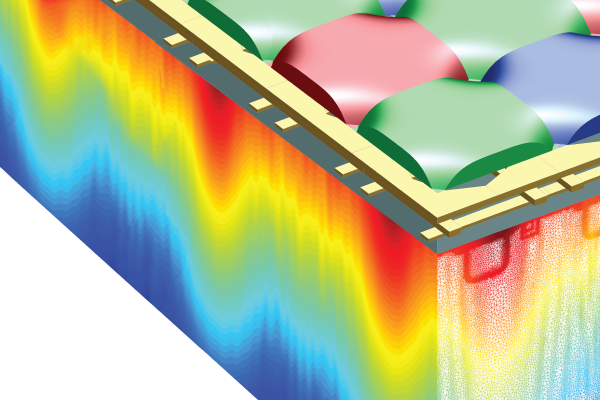

Nw = lumapi.FDTD("nanowire_build_script.lsf") For example, download the Lumerical script files ( nanowire_build_script.lsf and nanowire_plotcs.lsf ) and the nanowire_theory.csv text file and then run the script commands below in Python: import lumapi If you already have the FDTD simulation or script files ready, you can run them from Python. Note: Running Lumerical files from Python See this page for instructions for setting up Python API. Once the lumapi module is imported to Python, the integration should be ready. This module is the key to enable Lumerical-Python API connection. Windows: C:\Program Files\Lumerical\FDTD\api\pythonĭuring the Lumerical product installation process, a lumapi.py file should be automatically installed in this location.

Linux: /opt/lumerical/interconnect/api/python/.It is also important to check the Lumerical working directory has the correct path, see here for instructions to change the Lumerical working directory. However, it is recommended to put the Lumerical and Python files in the same folder in order for the above script files to work properly. Working directory : It should be possible to store the files in any locations as desired.Versions : The example files were created using Lumerical 2018a R4, Python 3.6 (and numpy), matplotlib 0.99.1.1, and Windows 7.Requirements: Lumerical products 2018a R4 or newer Once the simulation is finished, simulation results will be imported to Python, and plots comparing simulation and theoretical results as well as a plot of Ey intensity will be provided. In this example, we will set the geometry based on 2D Mie scattering example and then run the simulation using Python script. This example demonstrates the feasibility of integrating Lumerical FDTD with Python using Application Programming Interface (API).


 0 kommentar(er)
0 kommentar(er)
